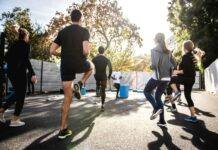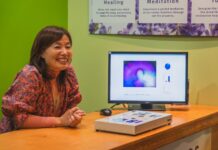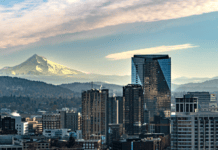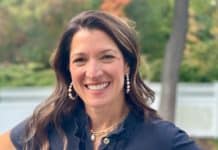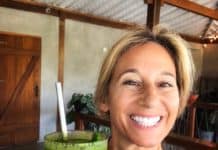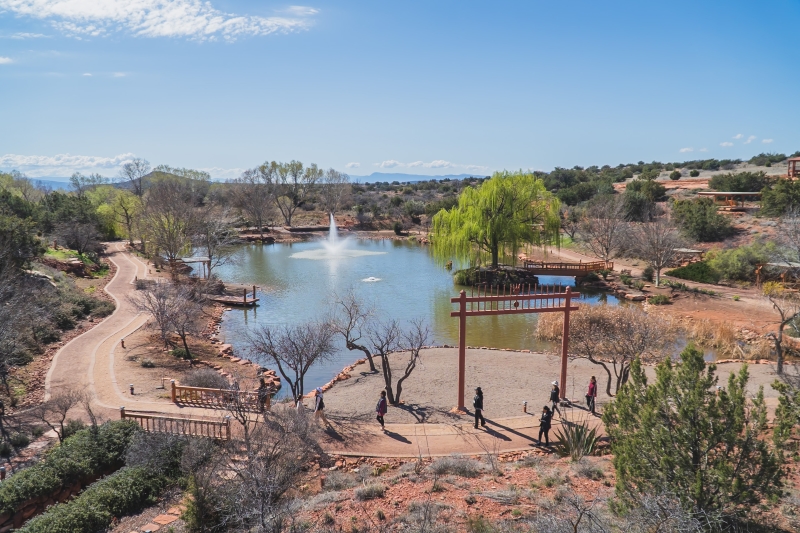
Set in the high desert of northern Arizona, past the sprawling suburbs of Phoenix and higher than the latitude of the iconic saguaro cactus—standing guard on every hillside—is the city of Sedona, whose reputation as a sacred land dates to its first inhabitants.
It’s easy to see why those first people thought they were standing on hallowed ground. Surrounded by Red Rock buttes and canyon walls, the majesty of the land is undeniable, and for centuries has been drawing people seeking to feed off the energy “vortexes” that many believe encircle the region.
Among those seeking spiritual enlightenment was the founder of a retreat just west of the city, Lester Levenson, whose 173-acre property fell into disrepair after his death in 1994 but was reborn as the Sedona Mago Center for Well-Being and Retreat in 1997. Purchased and operated by the nonprofit Tao Fellowship led by its founder, author and meditation expert Ilchi Lee, Sedona Mago offers curated programs for groups and individuals seeking personal and professional development; and PREVUE was recently invited to participate.
Finding What Lies Beneath
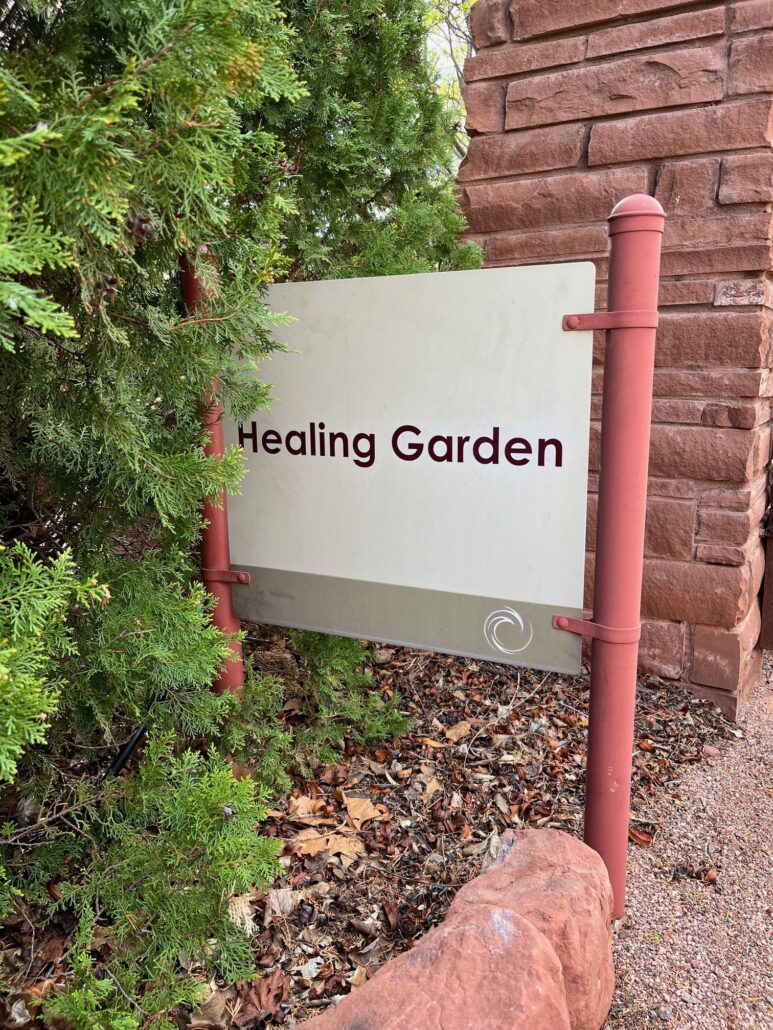
Your group may travel farther than they’ve ever gone—but not in literal miles or spatial distances. The goal at Sedona Mago is to help them go farther in life, both as people and as professionals in their chosen fields, with a teach-by-doing method that starts almost immediately upon arriving at the retreat.
Following a healthy (and delicious) dinner in the communal cafeteria that first night, we were stretching and meditating in an expansive, comfortable function room with Dami Kim, director of Body & Brain Wellness—a corporate offshoot of Arizona-based Body & Brain—which brings wellness education and practices to meetings and conventions, implementing the principles of yoga and Tai Chi.
When considering the way wellness is presented at meetings, “I found something needed to be done differently,” Kim said. “When you’re just listening versus engaging, it’s not as effective. Activity with education is very important.”
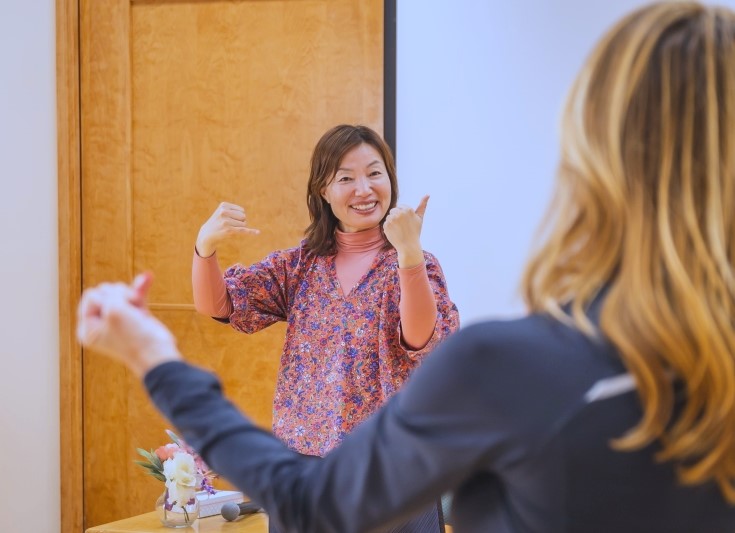
To that end, Kim demonstrated—and had the group follow—a variety of movements designed to stimulate the body’s thought centers, the brain and its counterpart, the gut, a peripheral nervous system of its own often referred to by doctors as “the second brain.”
Exercises included head tapping, a medically proven method of reducing anxiety; stimulation of the body’s chakras, thought to be centers of spiritual power in the human body; and an activity called “Water Up, Fire Down,” a concept created by Ilchi Lee for the purpose of keeping heat in the gut while helping the head stay cool, instead of the other way around.
“You’ve heard of the term ‘hot-headed’… it isn’t healthy,” Kim noted as she led us through leg movements designed to direct heat to everyone’s core instead of their craniums.
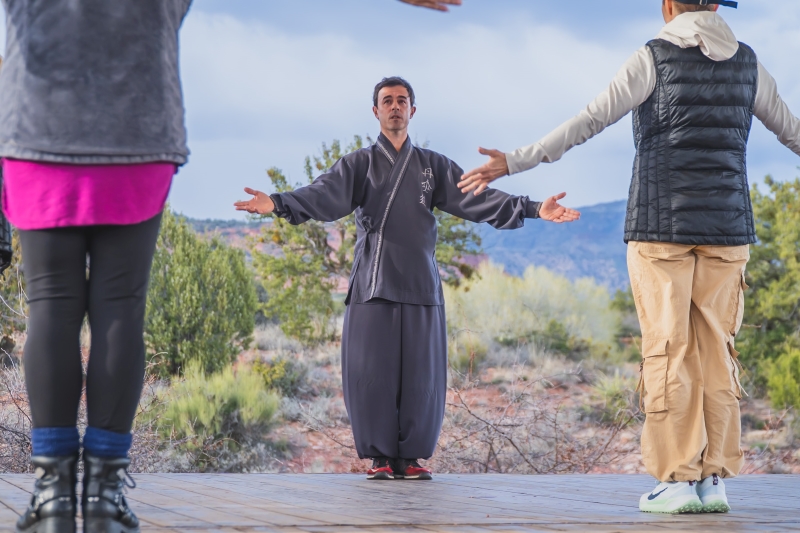
Guided by Kim and the B&B team of trainers—including Linda Yoonjin, creative director of Brain Education TV and Ilchibuko Todd, CEO of Body & Brain Yoga & Health Centers, who conducted an emotional healing session—our group participated in aura readings, stress management exercises, a meditation walk around the Healing Lake, a Tai Chi/Qigong lesson and an otherworldly sound healing experience.
The program also included offsite excursions to nearby Cathedral Rock and Bell Rock, thought to be among Sedona’s most powerful vortex points, where the group meditated under Todd’s gentle intonations.
Teambuilding Tasks
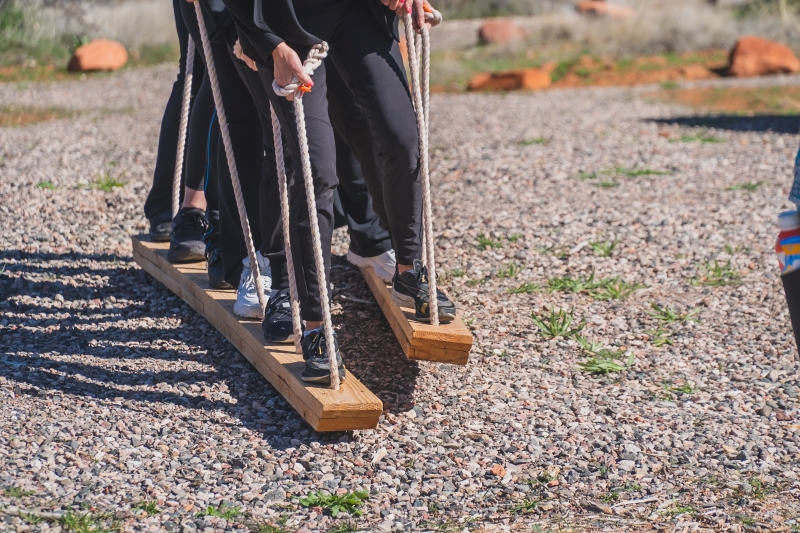
An extensive teambuilding session also was on tap, coached by Sedona Mago President Steve Kim (no relation to Dami), who guided our group through four deceptively simple team building exercises—including navigating a cargo climbing net—designed to encourage the group to strategize and work together to complete the tasks.
“We ask, ‘how can we change the workplace,’” Steve Kim told the group. “The answer is, with body-brain integration, nutrition, exercise, stress management and social connection. Becoming able to do what you couldn’t do before. That is learning,” he stressed.
Ilchibuko Todd conveyed a similar message during one of our meditations. “We don’t teach you… we don’t put information in your brain,” she explained. “We’re here to help you find your wellness, to help you connect with what you are.”
Getting There & Staying There
The journey to Sedona Mago isn’t necessarily a quick or easy one. Depending on your departure city, it requires a flight, a drive and then an expedition down a dirt road strewn with rocks. Or as my shuttle driver put it, “Are your fillings intact?” OK, that was a slight exaggeration, but heading down that 11-mile rocky path is a retreat in every sense of the word. You know you’re leaving everything behind—the daily grind, deadlines, commitments, even anxiety. Meanwhile, your transformative trek is just ahead.
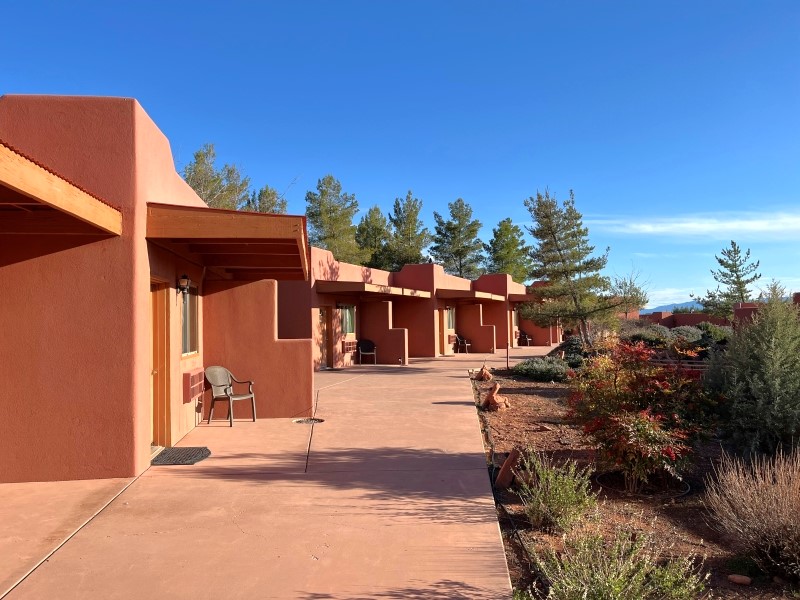
Confronted by the Red Rock vistas of Sedona, it’s impossible not to feel a sense of communion with the environment. Casita-style lodgings are simple, WiFi service minimal and dining communal, all to create connections among group members and their trainer/coaches.
The retreat can host up to 100 overnight while groups of varying sizes can be accommodated in five indoor spaces ranging from just over 1,000 sf to nearly 3,000 sf, with the property’s nature trails and outdoor venues creating a sense of limitless space.
For more information: sedonamagoretreat.org; bodynbrainwellness.com; bodynbrain.com
You May Also Be Interested In…
Prevue Exclusive: Janice Cardinale on PESD and How to Recover Emotional Health



